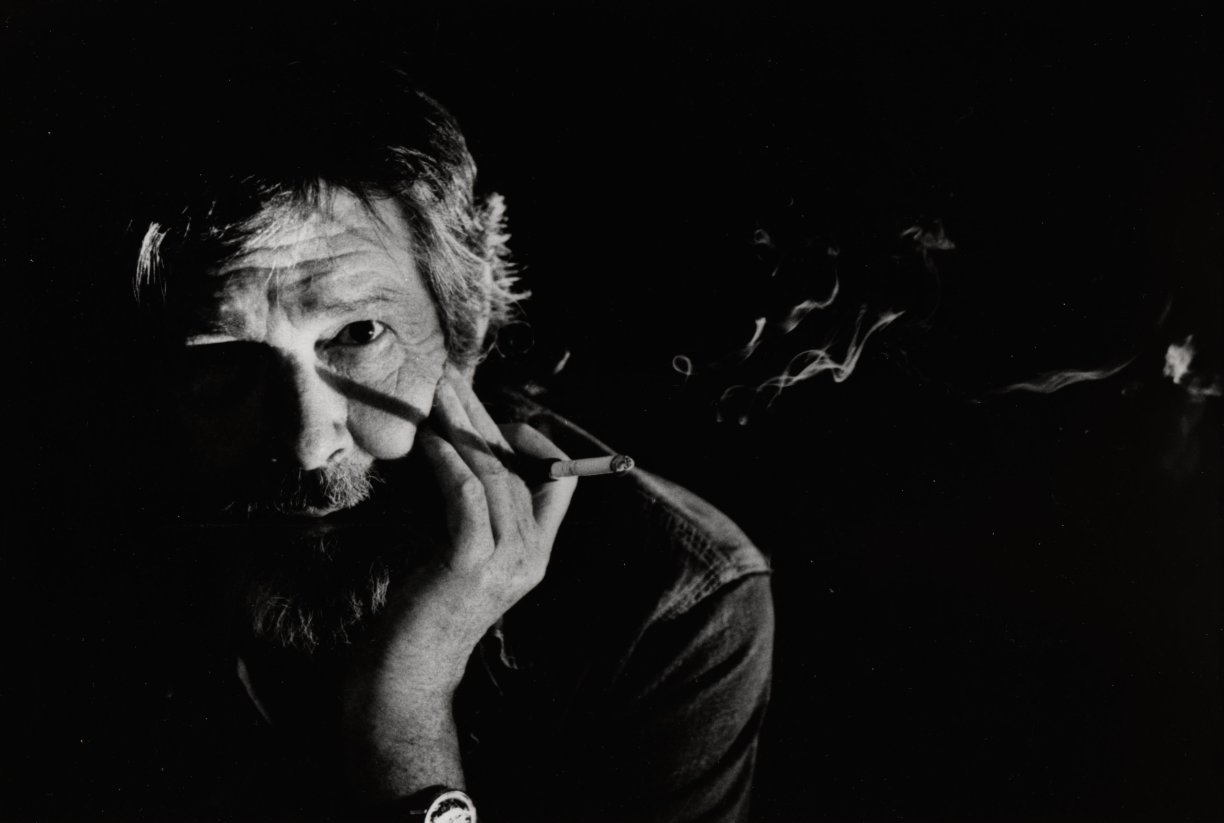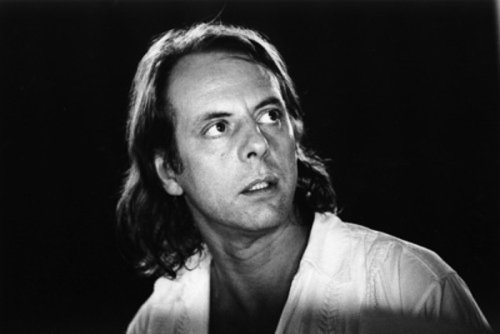Program:
John Cage, Concert for Piano & Orchestra (1958)
Christian Wolff, For 1, 2 or 3 People (1964)
Petr Kotik, Kontrabandt (1967)
In 1958, Wolfgang Steinecke, the Director of Darmstadt Summer Institute and Festival for New Music, invited David Tudor and a number of American composers to participate, following Tudor's performances of difficult works by Boulez and Stockhausen. Thus, the 1958 Darmstadt had an American accent, with Cage, Edgar Varèse, Christian Wolff, and David Tudor in attendance. This was a very important entry for Cage and Wolff into the European new music world. Cage's Concert for Piano & Orchestra was performed that summer in Darmstadt and elsewhere in Europe, and caused an enormous uproar. It was a defining moment for Cage's music in Germany, and the piece has since been at the center of attention in Europe.
Almost 10 years later, in 1966, Stockhausen commissioned Petr Kotik to create a piece of electronic music at the West German Radio (WDR) Electronic Music Studio in Cologne (of which Stockhausen was the Director). Our program at ISSUE attempts to demonstrate Stockhausen's role and influence in music of the late 50s and 60s. On December 3, we will perform three works from the early periods of Cage, Wolff, and Kotik.
This program complements our concert on December 21 at the Paula Cooper Gallery in Manhattan. There we perform For 6 or 7 Players (1958), by Wolff, a piece which was believed to be lost for many years. Cage transcribed and scored For 6 or 7 Players and gave it to Petr Kotik in the early 1960s, who recently discovered it in his archive. It receives its American premiere on December 21. We also perform the most recent works by Wolff and Kotik, as well as Why Patterns? by Morton Feldman and 6-Voice Fugue by J. S. Bach.
Performers:
S.E.M. Ensemble:
Petr Kotik, Director
Thomas Verchot, Trumpet
William Lang, Trombone
Dan Peck, Tuba
Joseph Kubera, Piano, Electronics
Chris Nappi, Percussion, Electronics
Pauline Kim, Violin
Gregory Hesselink, Violoncello
G. Douglas Barrett, Electronics
JOHN CAGE: CONCERT FOR PIANO & ORCHESTRA (1957-58)
Concert for Piano and Orchestra (1957-58) is written in detailed notation in which space (in the notation) is relative to time. The speed of reading each part is determined separately by each performer and coordinated by the conductor (or a stopwatch). Each part is written as a solo and any number of pages may be performed, including none at all (Cage's instructions). Each solo/part may be performed in any combination with other parts. The piano solo part is a "book" containing 64 different compositions, each on one page: some are varieties of the same species; others are altogether different. The pianist is free to select any number of pages in any sequence.
The discrepancy between opportunities available to European and American composers is obvious here: some European composers had almost unlimited access to the means of production while Cage's situation in the 1950s allowed him to work with only a handful of musicians. The best he could hope for at the premiere of the Concert for Piano and Orchestra in Town Hall May 15, 1958, was a 13-piece orchestra. This performance was part of his 25-year retrospective concert. Later, he performed the piece with only a handful of musicians, depending on the occasion. He needed to have the possibility to perform the piece with fewer musicians and this is the main reason, I believe, that the Concert for Piano and Orchestra has an open instrumentation. Ironically, it was in Prague in 1964 that Cage again had the full 13 musicians when he performed the piece with Musica viva pragensis (in fact, there were more than 13 musicians as Cage doubled some of the parts). It was one of the rare occasions, perhaps the first time after Town Hall, that Cage had the full orchestra available. This concert was part of a Merce Cunningham Dance Company performance. The musicians were young and enthusiastic, and performed with such focus that afterwards the dancers expressed their astonishment and appreciation for the performance.
CHRISTIAN WOLFF: FOR 1, 2, OR 3 PEOPLE (1964)
The music, scored in a notation especially devised for this purpose, is drawn from the interaction of the people playing it. Instruments or sound sources are not specified. Each player plays at times independently, at times responding to cues appearing at unpredictable moments, and requiring various kinds of coordination with the sound of the other player(s). The score rarely specifies pitch, but depends on how the playing of sounds relate to one another; also durations are often dependent on cues from the other player(s), as are changes of timbre and when a noise-centered sound is to be made. Of course no two performances, even by the same performers playing again immediately, will be the same.
—Christian Wolff
PETR KOTIK: KONTRABANDT (1967)
Kontrabandt was commissioned in 1966 by the Electronic Music Studio of the West German Radio (WDR) in Cologne, Germany.
Petr Kotik met Stockhausen for the first time in 1966 at the WDR Electronic Music Studio in Cologne. It may have been the result of his Cologne visit that Kotik received, in the fall of 1966, a commission from WDR to compose and realize a piece of electronic music. The result of this commission was the creation of Kontrabandt, a composition involving live performance as well as the use of electronic material realized on magnetic tape at the WDR studio in 1967.
Kontrabandt is for 2 to 6 performers, 20 minutes to 1 hour in duration. Each performer operates a 5-channel mixer connected to several amplified sound-producing objects and percussion instruments as well as a sound source (tape recorder, CD, or computer) with a selection of prerecorded segments. These segments range from a split second to one and half minutes in duration and were realized at the WDR Electronic Studio in 1967. Each performer has 80 segments to choose from.
The score's 20 pages are divided among the performers; the December 3 concert includes four performers, each with three pages. Each page has two parts: the top part containing symbols to differentiate between individual sound objects, and the bottom part, which is divided into five horizontal fields, one for each channel on the mixer. There are 18 different symbols spaced in horizontal notation at the top of each page. Each performer chooses his or her own set of 5 to 6 symbols and copies them to the lower part, each symbol into a different horizontal field. Each horizontal field corresponds to a channel on the mixer. The symbols are arranged in horizontal notation (where relative horizontal distance signifies time) and each symbol corresponds to a distinct sound-producing object.


